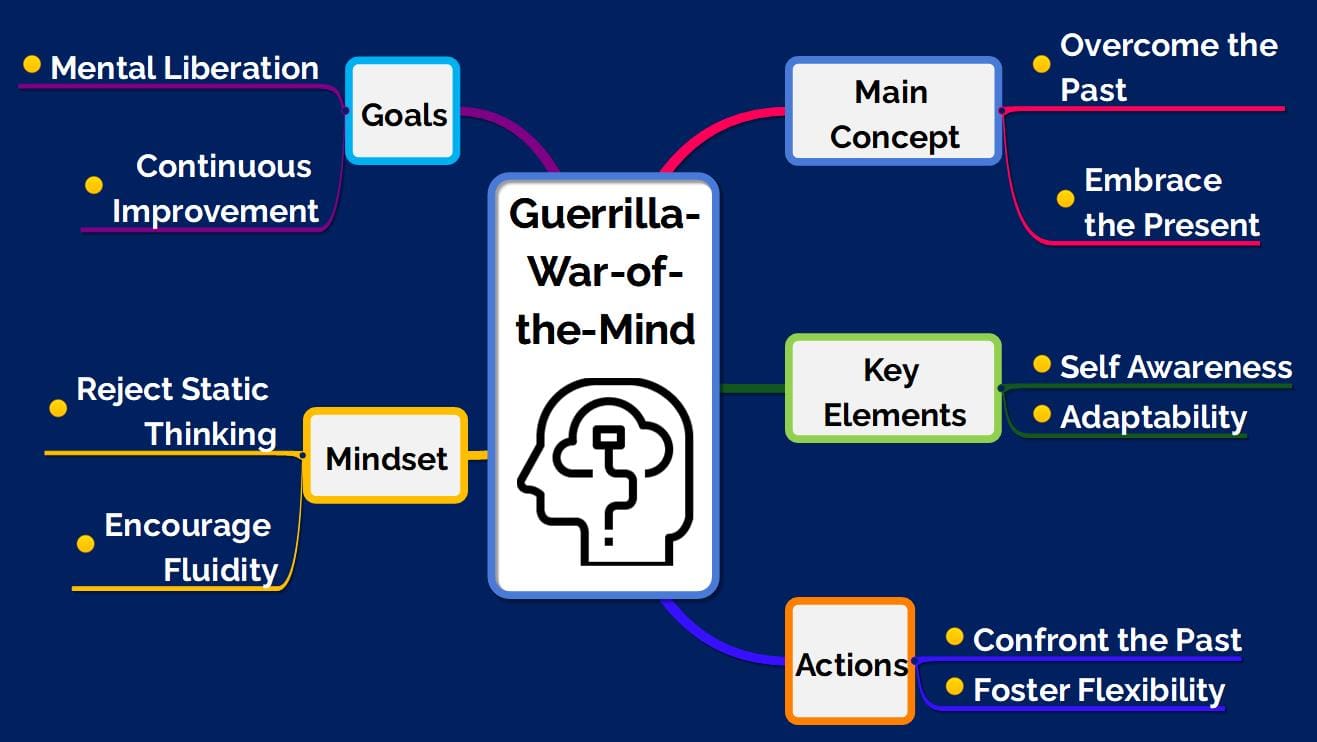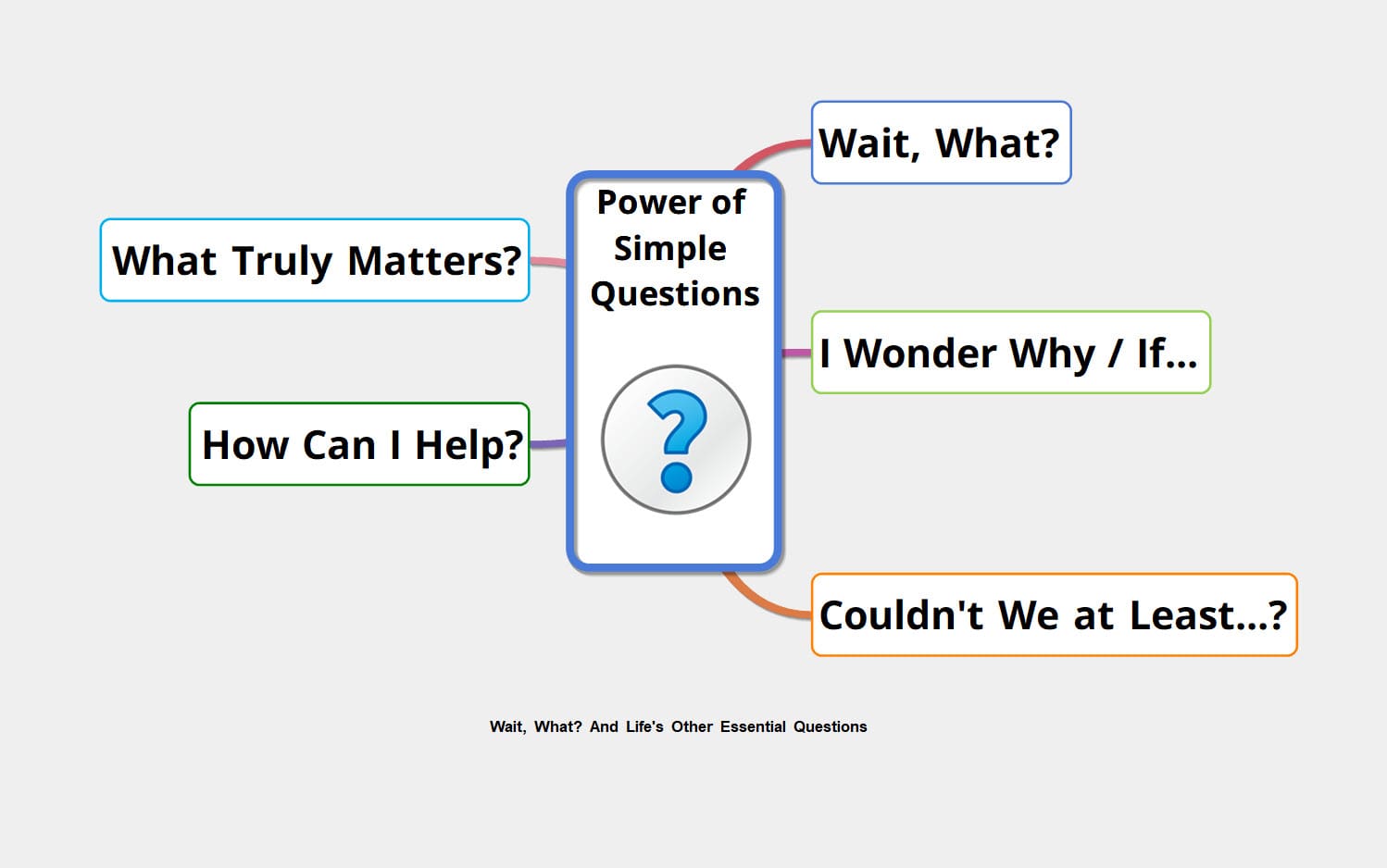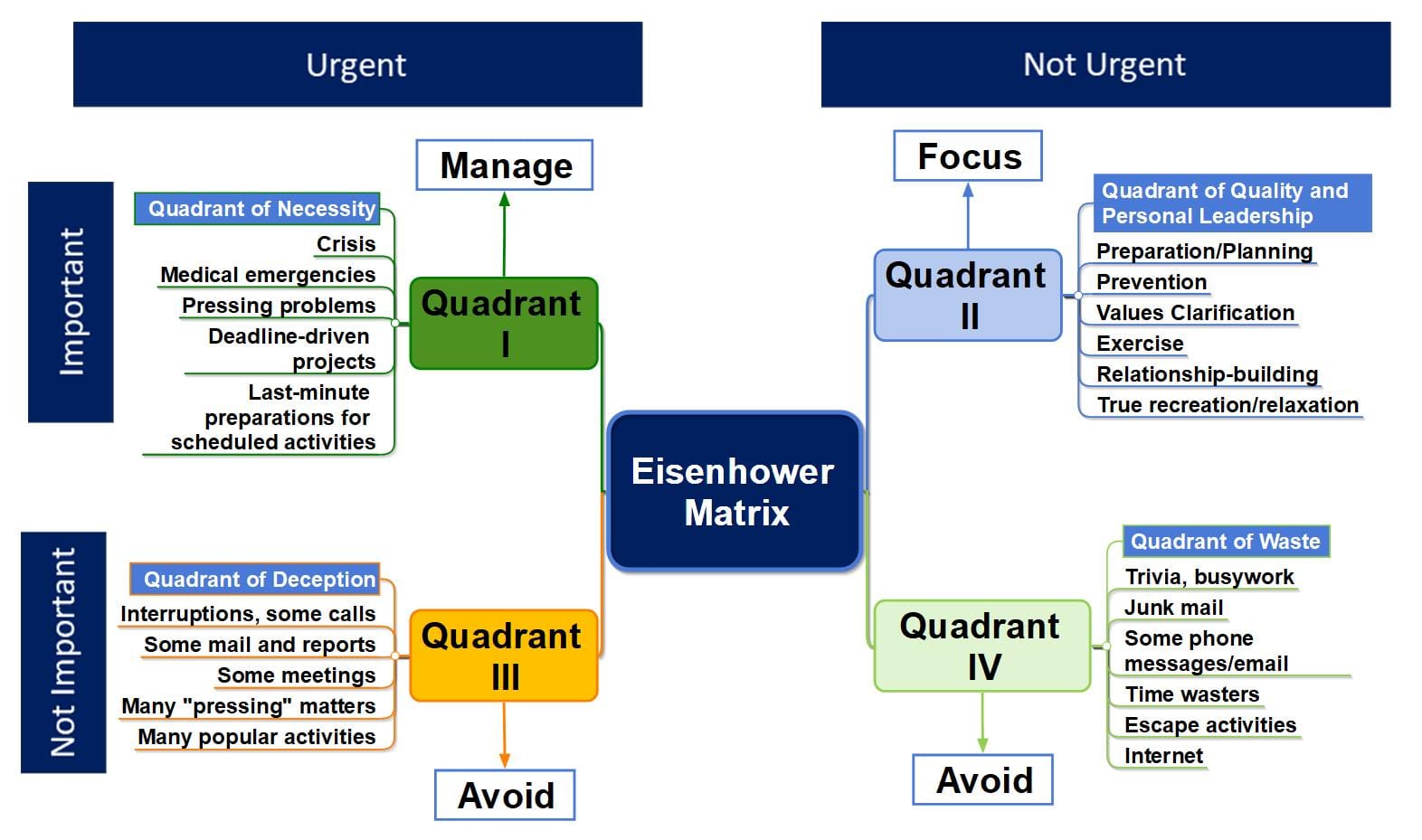The strategic incorporation of visual elements into business operations and communication strategies is more than just a modern trend; it’s a fundamental shift in how businesses convey and process information. As industries continue to evolve in a complex, data-rich environment, the role of visual thinking becomes paramount. This article explores the pivotal benefits of visual thinking in business and why it’s an indispensable tool for today’s corporate leaders.
1. Facilitating Superior Communication and Comprehension
Distilling Complex Ideas:
In the labyrinth of business intricacies, visual aids, including diagrams, charts, and infographics, serve as vital tools. They systematically break down multifaceted concepts into streamlined, accessible formats.
Transcending Linguistic Limitations:
In the era of global business collaborations, linguistic diversity can present challenges. Visual representations offer a solution, providing a universal medium that fosters shared understanding.
Addressing Diverse Cognitive Approaches:
The workforce is a mosaic of diverse learning styles. Visual thinking ensures that information dissemination caters to this diversity, reaching every stakeholder effectively.
2. Augmenting Decision-Making through Visual Insights
Data Interpretation with Precision:
Decision-making, backed by data, is the cornerstone of leading enterprises. Visual tools crystallize vast data sets, revealing discernible patterns and insights, thus enabling astute business decisions.
Innovative Ideation Techniques:
Advanced visual techniques such as mind maps have found their rightful place in business strategy sessions, spotlighting relationships between concepts and fostering out-of-the-box solutions.
Proactive Outcome Forecasting:
Visual strategies empower teams to map potential scenarios, offering foresight into probable challenges and advantages, and thereby optimizing strategy formulation.
3. Enhancing Engagement and Memory Retention through Visual Elements
Commanding Undivided Attention:
In the deluge of business communications, visually compelling content distinguishes itself, ensuring stakeholder engagement and focused attention.
Optimizing Information Retention:
Empirical research underscores the superior retention rates of visual information compared to textual content, a factor crucial for long-term strategy implementation and stakeholder alignment.
Stimulating Strategic Creativity:
Visual thinking, beyond its communicative prowess, is a catalyst for innovative ideation, prompting businesses to explore uncharted solutions and strategies.
In Conclusion
As the business landscape becomes increasingly intricate, visual thinking emerges as an essential toolkit for industry leaders. Its capacity to enhance communication, sharpen decision-making, and foster engagement underscores its indispensability. Forward-thinking businesses are poised to harness this tool, setting themselves apart in an ever-competitive market.







